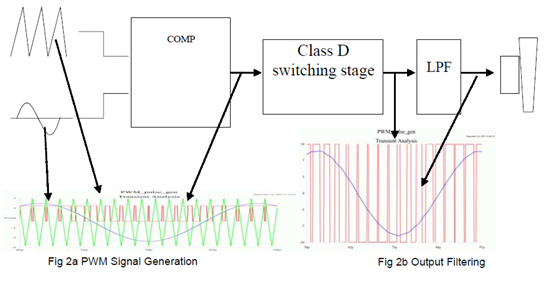Not requiring a center-tapped power supply is a great feature of the TPA3122D2 and related devices.
But if the VCC/2 supply voltage is available anyway (e.g. a -12/0/12V supply), then, since the speaker output voltage is centered around VCC/2 (and in fact "rests", via 50% duty cycle, at VCC/2 when Mute):
Would it be helpful to use it as the ground for single-ended speakers, such that the voltage they see varies from (e.g.) -12 to +12? Or do the external filter Rs and Ls already correct the output voltage from 0to24V to -12to+12V at the speakers?
thanks.


